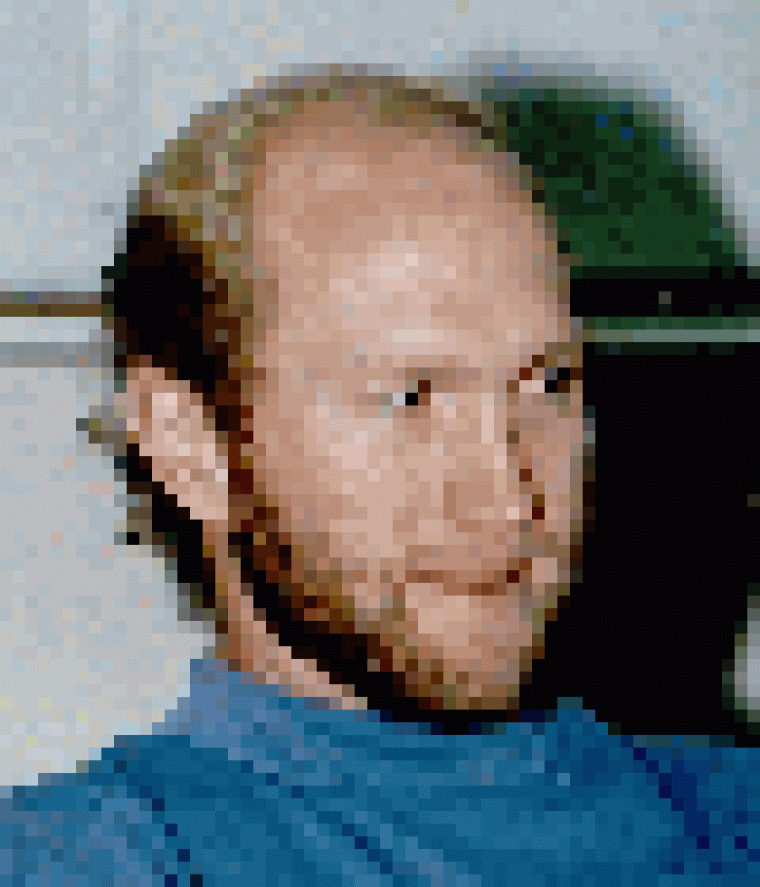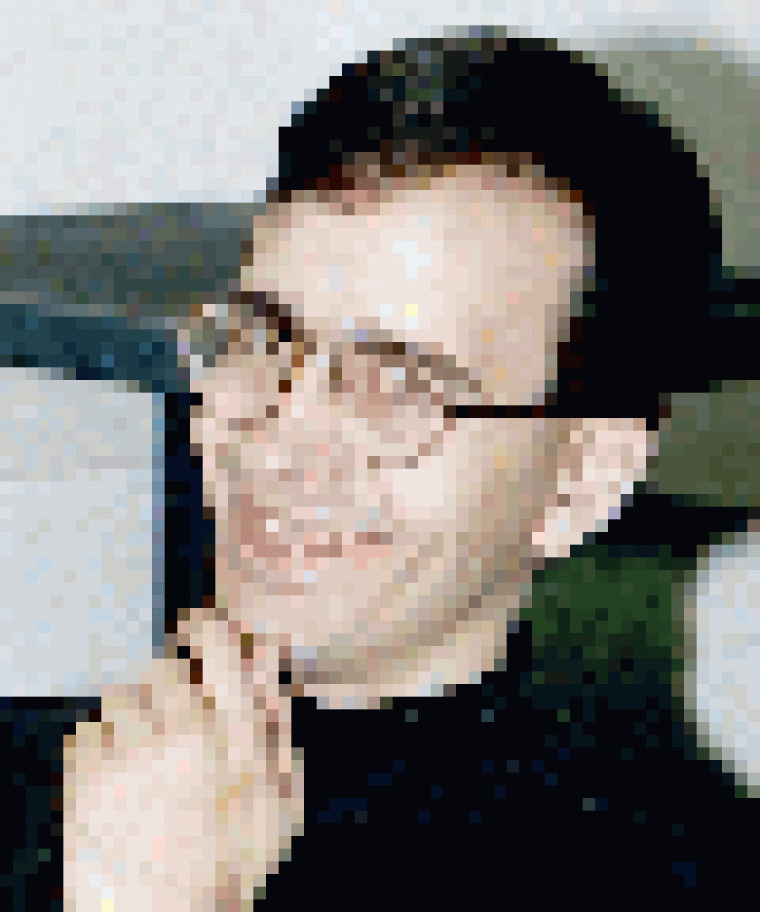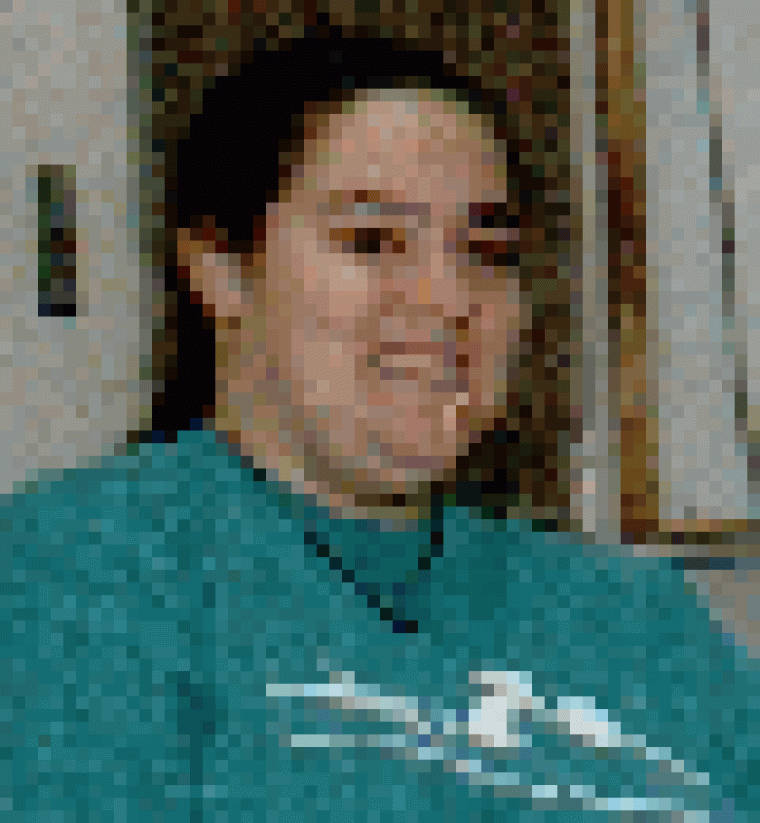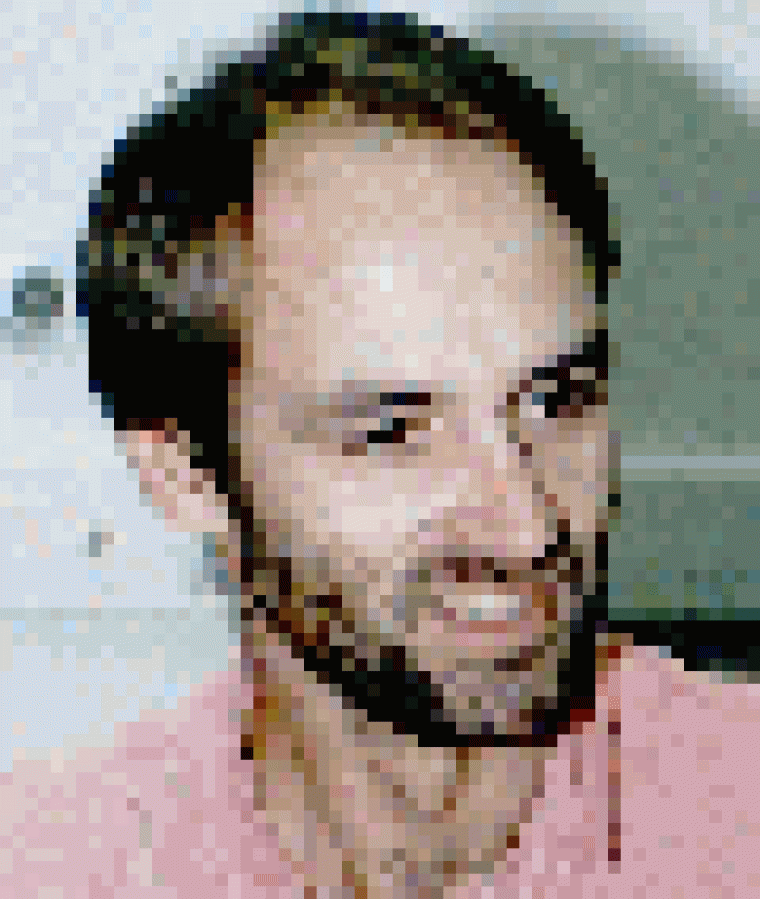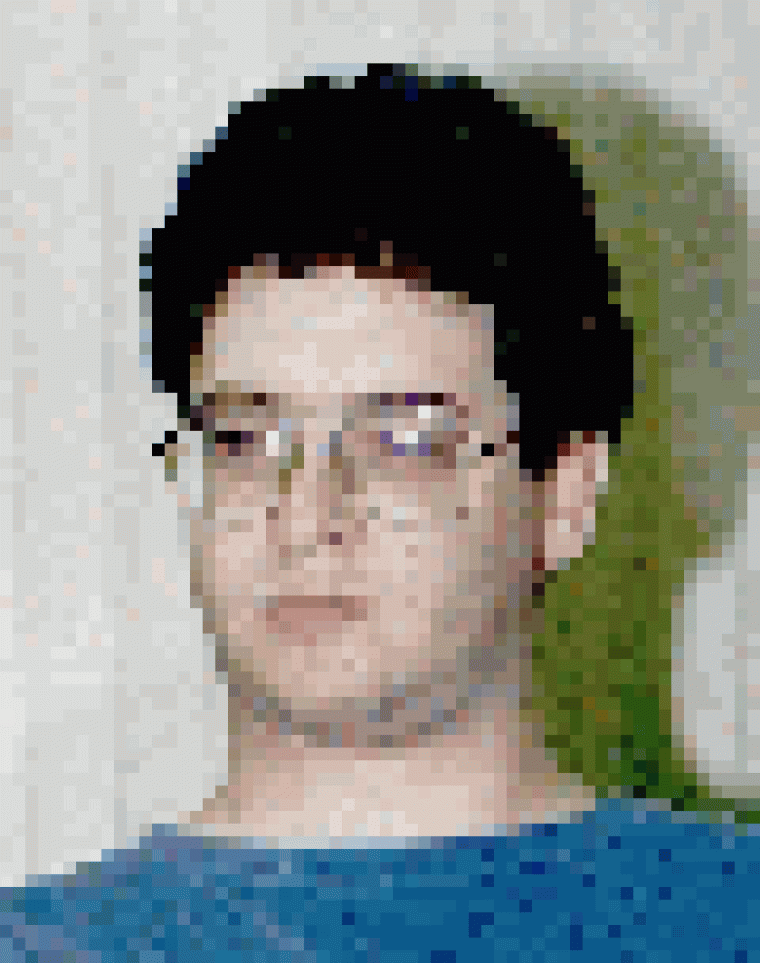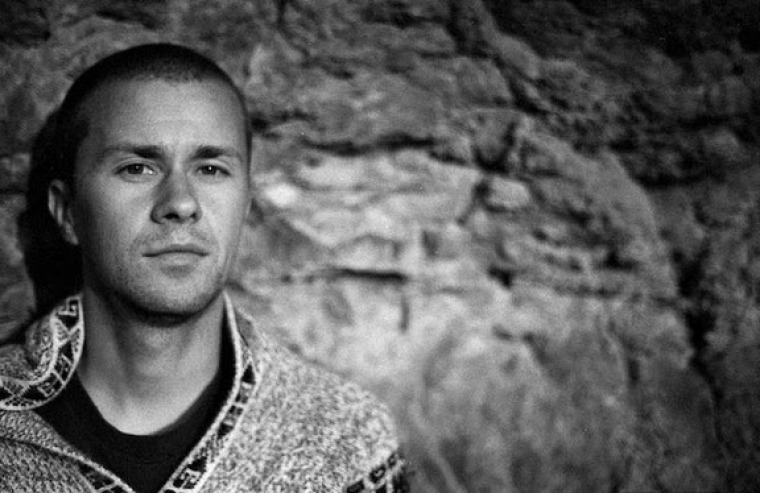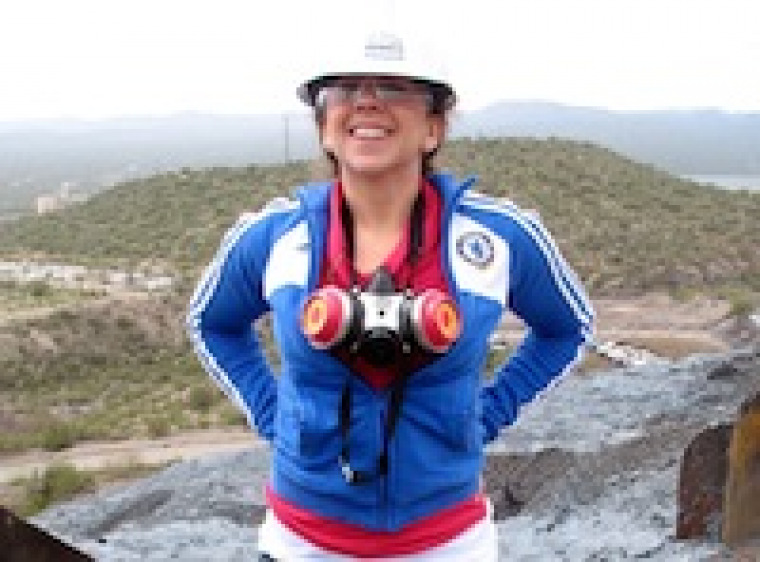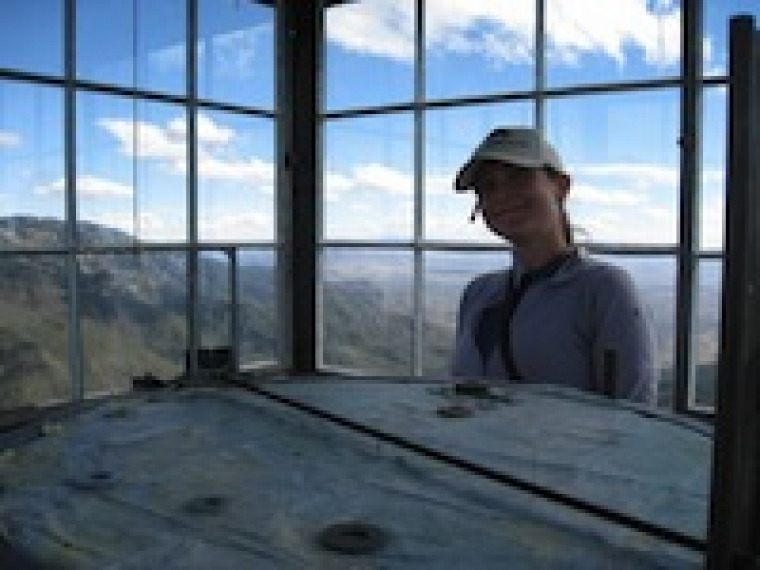Joshua Emery
Joshua Emery
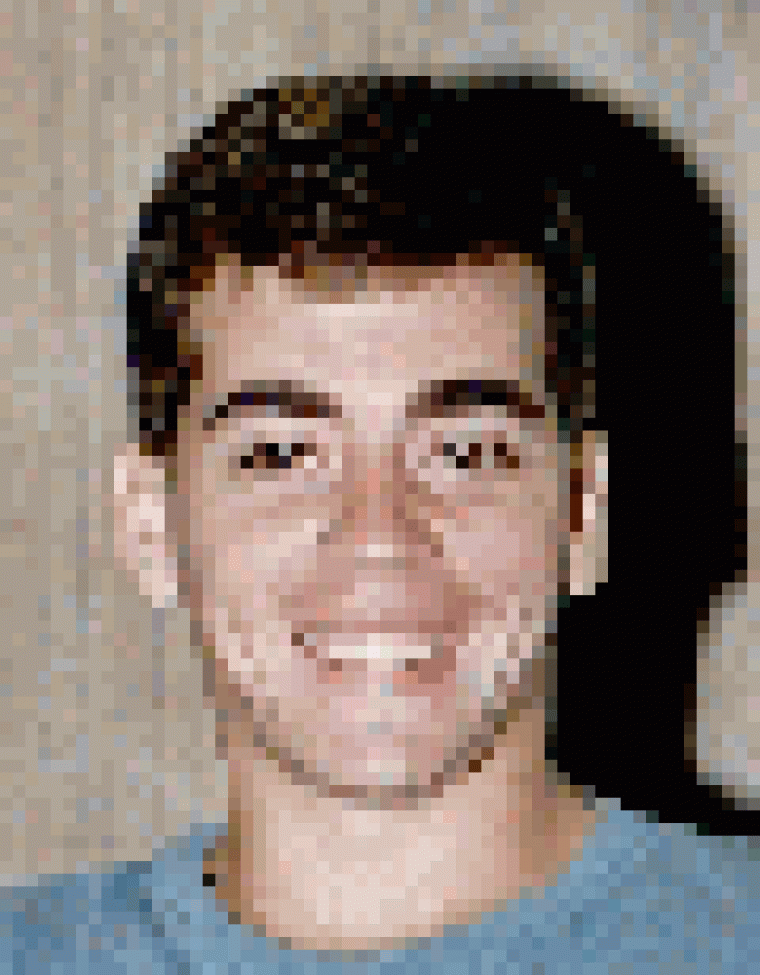
Planetary Sciences (2 year award).
Josh Emery's Fellowship is co-sponsored by the Department of Planetary Sciences.
He summarizes his Space Grant outreach project as follows:
My feelings are that the major obstacle standing in the way of public knowledge of space science is not lack availability of information or resources, but rather is lack of interest and knowledge base. Coverage of space science in the popular press has been greatly improving as late and will most likely keep improving. Most urban areas already have fairly impressive outreach programs in place or at least under construction, especially Tucson with Kitt Peak and the UofA both working hard to contribute to the community. The problem is that in order to reach out to people they have to be interested. People are generally more interested in topics about which they already have some knowledge base, even if that base if rudimentary. If people know a little about space science, then they will be more tempted to read that magazine article or attend that community space science function. Following this line of reasoning, I believe that it is extremely important to introduce children to space science (and all subject matters really) very early in thier lives. Pre-schools and elementary schools generally do an excellent job of teaching the basics (i.e. reading, writing, arithmetic) but generally don't cover other subject areas. When time is found to introduce students to the non-basics, science is usually the last to be covered. If time is found to teach thechildren science, it is almost invariably not in the form of space science. A large number of students make it the whole way through kindergarten to 12th grade without ever learning about our solar system let alone our universe. I therefore believe that it is imperitive that we introduce our children to space science early, when their minds are still hungry for knowledge of all types. This way, when the oppurtunity comes to them later in life to learn more, they will have the base of knowledge and the interest to do so.
Over the past year I have been trying to improve myself so that I can be competent to do the job I outlined above. I have been studying early childhood teaching methods and talking to some elementary and pre-school teachers in order to learn from them what children are being taught today, what they believe their students are capable of and also to get some feedback on my own ideas. I have tried a few times to go into some pre-school and after school programs and give the children a sort of science day with a focus on space sciene. I quickly learned that I was in a bit over my head. The children were eager and excited, but excited children in large groups are tough to handle, something that seems obvious but I learned the hard way. Also the time needed for organizing and preparing such a project is infinitely greater than I had anticipated. I also realized that children respond much more effectively to a person or group who return on a fairly regular basis. So a one-shot science day is not going to be nearly as effective as an organized, regular program. Because of my utter over failure this past year, my plans have changed a bit. For the upcoming year I plan to participate in a program which is already organized, and I hope regular. This way I can get more experience with teaching and I can hopefully see what is needed for a successful implementation of my ideas.


